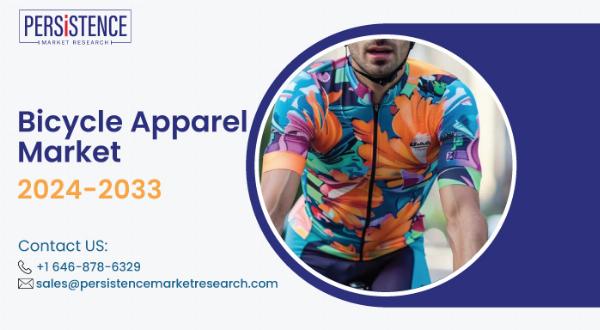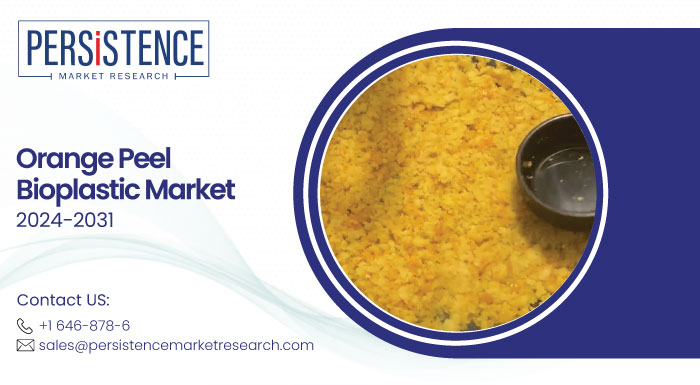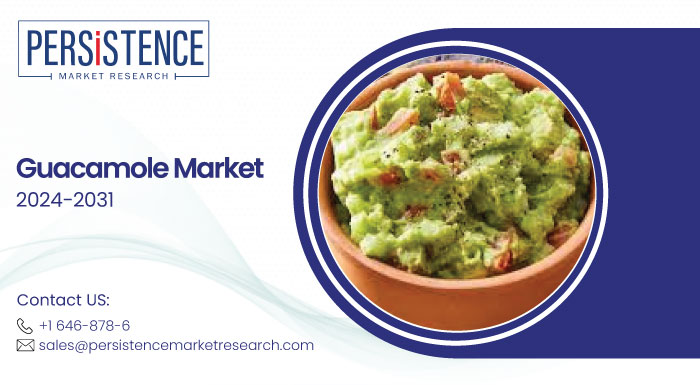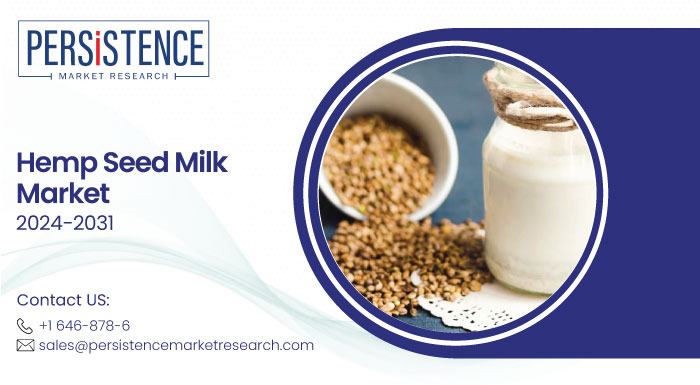High-performance Gear Thrives in Bicycle Apparel Market

Market Overview
The global bicycle apparel market is experiencing robust growth, driven by the increasing demand for high-performance gear that caters to both competitive cyclists and casual riders. As cycling continues to gain popularity as both a sport and a mode of transportation, there is a heightened focus on apparel that enhances performance, comfort, and safety. The market's expansion is fueled by innovations in fabric technology, ergonomic designs, and the rising trend of cycling as a health-conscious activity.
High-Performance Gear Driving Market Growth
1. Technologically Advanced Fabrics
The demand for high-performance bicycle apparel is significantly influenced by advancements in fabric technology. Modern cycling gear incorporates sophisticated materials designed to enhance rider comfort and performance. For instance, moisture-wicking fabrics are engineered to pull sweat away from the skin, ensuring that cyclists remain dry and comfortable even during strenuous rides. These fabrics often feature hydrophobic properties that repel moisture, helping to prevent chafing and skin irritation. Additionally, fabrics with advanced breathability allow for better air circulation, which helps regulate body temperature and prevent overheating.
Another innovation in fabric technology is the development of thermal fabrics that provide insulation while remaining lightweight. These fabrics are particularly valuable for cycling in varying weather conditions, as they help maintain body heat without compromising on comfort. The use of UV-protective fabrics is also on the rise, offering cyclists protection from harmful sun rays during long rides.
2. Ergonomic Designs for Enhanced Comfort
High-performance bicycle apparel is distinguished by its ergonomic design, which focuses on maximizing comfort and functionality. Cyclists require gear that accommodates their dynamic movements and provides support where it is most needed. Padded shorts, for example, are designed with strategically placed cushioning to reduce pressure on key areas and enhance comfort. The padding helps absorb shocks from rough terrain and minimizes the risk of saddle sores.
The design of cycling jerseys has also evolved to include features such as flatlock seams, which reduce friction and prevent chafing. Form-fitting cuts ensure that the apparel moves with the body, reducing drag and improving aerodynamics. Additionally, many high-performance garments include features like mesh panels for increased ventilation and stretchable materials for a better fit.
3. Durability and Wear-Resistance
Durability is a crucial factor in the high-performance bicycle apparel market. Cyclists demand gear that can withstand the rigors of regular use and challenging conditions. To meet this demand, manufacturers are utilizing advanced materials such as reinforced nylon and abrasion-resistant fabrics. These materials are designed to endure the wear and tear associated with cycling, including friction from the saddle and exposure to the elements.
High-performance gear often features additional reinforcements in high-stress areas such as the seat, shoulders, and knees. These reinforcements help prevent premature wear and ensure that the apparel maintains its integrity over time. Additionally, the use of durable zippers and closures enhances the overall longevity of the gear.
4. Safety Features and Visibility
Safety is a paramount concern in cycling, and high-performance apparel increasingly incorporates features that enhance rider visibility and protection. Reflective materials and high-visibility colors are commonly used in cycling gear to improve visibility in low-light conditions. Reflective strips and panels are strategically placed on jackets, jerseys, and shorts to ensure that cyclists are easily seen by motorists.
Some high-performance cycling apparel also includes integrated safety features such as built-in LED lights. These lights provide additional visibility and can be particularly useful for riding in poorly lit areas. The incorporation of such safety features aligns with the growing emphasis on rider safety and contributes to the overall appeal of high-performance gear.
5. Customization and Personalization
As consumer preferences shift towards personalized and unique products, the bicycle apparel market is seeing an increased demand for customization options. Manufacturers are offering a range of customizable features, including color choices, patterns, and designs. Cyclists can now personalize their gear to reflect their individual style or team identity.
Customization extends beyond aesthetics to include functional elements as well. Some brands offer bespoke sizing options to ensure a perfect fit, while others allow for the addition of personalized features such as extra padding or pockets. This trend towards personalization caters to the diverse needs of cyclists and enhances the overall user experience.
Conclusion
The global bicycle apparel market is experiencing significant growth, driven by the demand for high-performance gear that combines advanced fabric technology, ergonomic design, and safety features. As cycling continues to gain popularity as both a sport and a mode of transportation, the focus on comfort, durability, and customization is shaping the future of the market. With ongoing innovations and a rising interest in cycling as a health-conscious activity, the market is poised for continued expansion and evolution.
Note: IndiBlogHub features both user-submitted and editorial content. We do not verify third-party contributions. Read our Disclaimer and Privacy Policyfor details.







